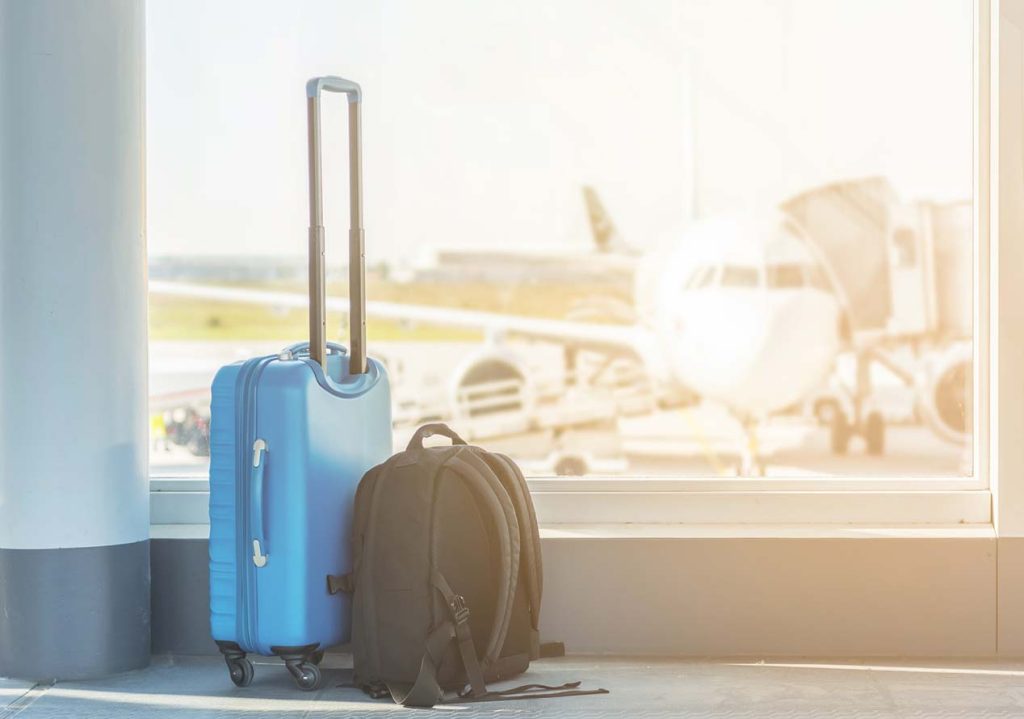The Value of Your Belongings:
Before delving into the specifics of baggage insurance, it’s essential to recognize the worth of the items you carry with you on your travels. Your luggage often holds more than just clothes – it contains gadgets, travel documents, personal mementos, and essentials that are integral to your journey. The loss or damage of any of these items can not only disrupt your trip but also have financial implications.
Understanding Baggage Insurance:

Baggage insurance, typically included in comprehensive travel insurance, is a safety net designed to provide financial protection for your possessions during your travels. It covers various situations, including loss, theft, and damage to your luggage and personal items. Here are some critical aspects to consider:
1. Loss or Theft Coverage:
In the unfortunate event that your luggage is lost or stolen during your trip, baggage insurance can step in to reimburse you for the value of the items you’ve lost. This encompasses everything from clothing and accessories to electronics and valuable jewelry.
2. Protection Against Damages:
Baggage insurance extends coverage to damages incurred by your belongings. Whether your camera sustains damage in transit or your tablet screen gets cracked, the insurance can assist with covering the repair or replacement costs.
3. Delayed Baggage Reimbursement:
If your luggage is delayed or temporarily misplaced by the airline or transportation provider, baggage insurance can provide you with compensation to purchase essential items such as clothing, toiletries, and even necessities like prescription medications until your luggage is returned to you.
4. Policy Limits and Deductibles:
It’s crucial to thoroughly review your insurance policy as it often includes limitations on the coverage amount. Additionally, there may be deductibles you must meet before the insurance takes effect. Understanding these details ensures you’re well-prepared and informed.
5. Documentation Requirements:
To make a successful claim, it’s imperative to document the loss or damage meticulously. This typically involves reporting the incident to the relevant authorities, securing police reports if necessary, and retaining receipts or proof of purchase for the affected items.
6. Special Items Consideration:

High-value items such as expensive cameras, laptops, or fine jewelry may have restricted coverage under standard baggage insurance. If you’re traveling with valuable possessions, it’s wise to explore additional coverage options or consider a separate insurance policy specifically tailored for these items.
7. Review Existing Coverage:
Before investing in baggage insurance, it’s prudent to check whether your homeowners or renters insurance policy already extends coverage to your belongings while traveling. Some credit cards also offer limited protection for lost or damaged items when the card is used to pay for your trip.
Peace of Mind:
While the idea of losing your luggage or having your items stolen or damaged may seem remote, being prepared for unexpected situations is a fundamental aspect of travel planning. Baggage insurance provides peace of mind, allowing you to fully immerse yourself in your adventures without worrying about the financial repercussions of potential losses or damages.



